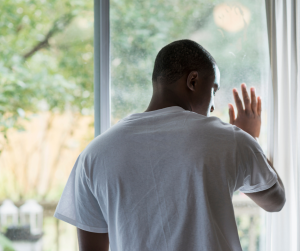
You meet Yusif, a friendly African guy. Your mind immediately jumps to the stereotype that most Africans in Australia are refugees. You start assuming that Yusif has spent his life in a refugee camp and lacked education. Taking it a step further, you assume he can’t read and don’t recommend him for a job. But it turns out, Yusif is an avid reader and has a passion for literature. Lesson learned: never judge a book by its cover or make assumptions based on stereotypes. Embrace diversity and give everyone a fair chance to shine.
Ever caught yourself making broad assumptions about people or things based on limited info? That’s called generalisation. We tend to jump to conclusions without giving a fair chance to individual differences. And when these generalisations become fixed ideas, they turn into stereotypes. You know, those oversimplified beliefs about certain groups that just won’t quit.
Well, where do stereotypes come from? They’re often born out of prejudices, those preconceived notions we carry about others without even realising it. But here’s the kicker: prejudices can lead to downright unfair treatment, aka discrimination. It’s when folks or even whole institutions treat others differently, based on those stereotypes and prejudices. Discrimination keeps the cycle of inequality going and hurts people in the process.
Now, most of us have good intentions and mean no harm. We practise self reflection, have high awareness and build skills to avoid these nasty things from happening. Sometimes though, thoughts creep in without us realising it and we make assumptions that we just don’t mean. Can you think of a time when you caught yourself making an assumption and changed course? Can you think of a time when you didn’t change the course of direction? You can challenge yourself and others to break free from these stereotypes, prejudices, and discrimination to build an environment that’s fairer and more inclusive. Let’s do this!
What can you do?
To counteract stereotyping, expose yourself to counter-stereotypic imagery. Seek out diverse media, stories, and experiences that challenge existing stereotypes. By doing so, you expand your understanding and challenge preconceived notions. Champion this at your workplace! Another approach is to practise constructive uncertainty.
Want to know what constructive uncertainty is? Want to learn more about combating bias and use well researched frameworks? Come to our workshops. Here is a taste of what we cover and links to our training pages for more information – Training – Centre for Culture, Ethnicity & Health (ceh.org.au)
Join our free members page to watch a past webinar on bias here: Unconscious Bias – A Case study | Members Area (healthliteracytraining.com.au)
Remember, counteracting stereotypes requires ongoing effort and self-reflection. By actively engaging in these practices, we all play our part in creating a more inclusive and understanding society.
Thanks for reading.
The CEH Training team
